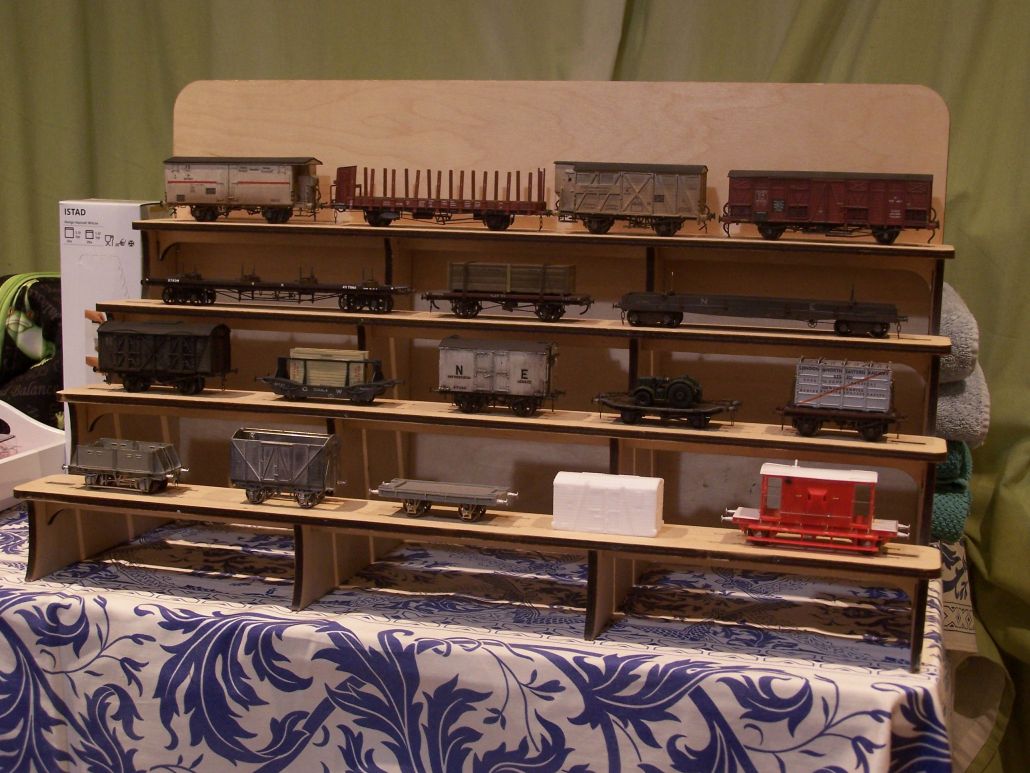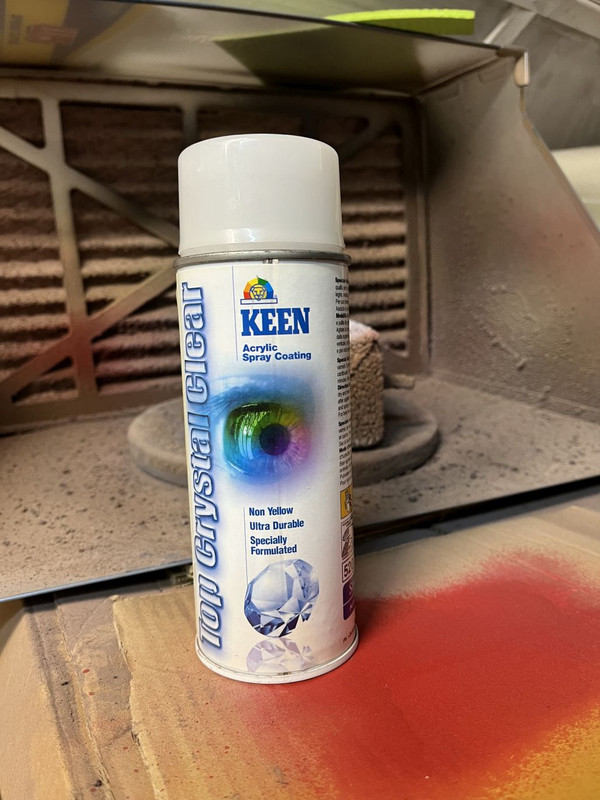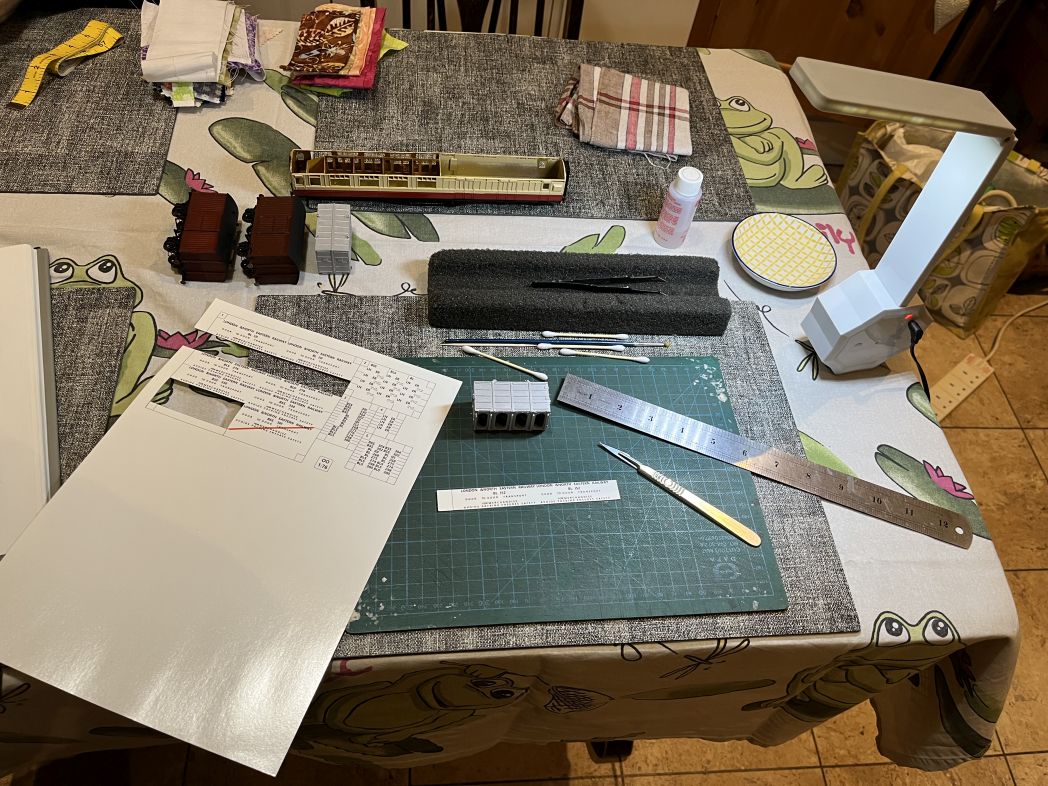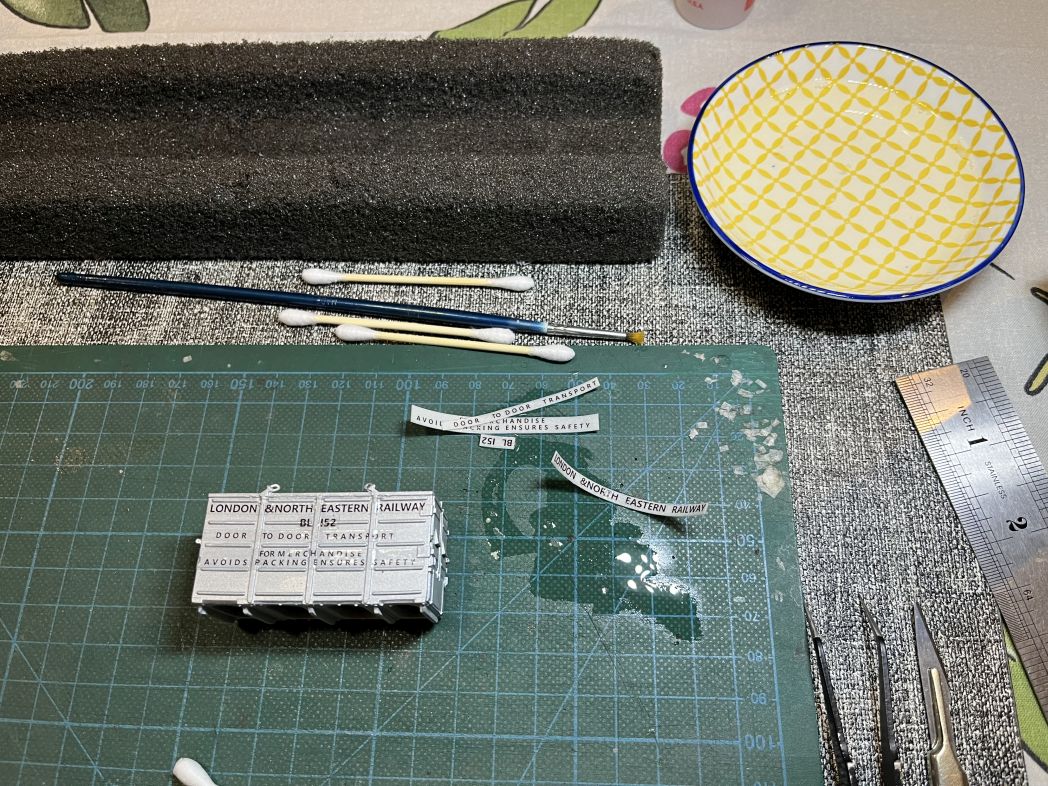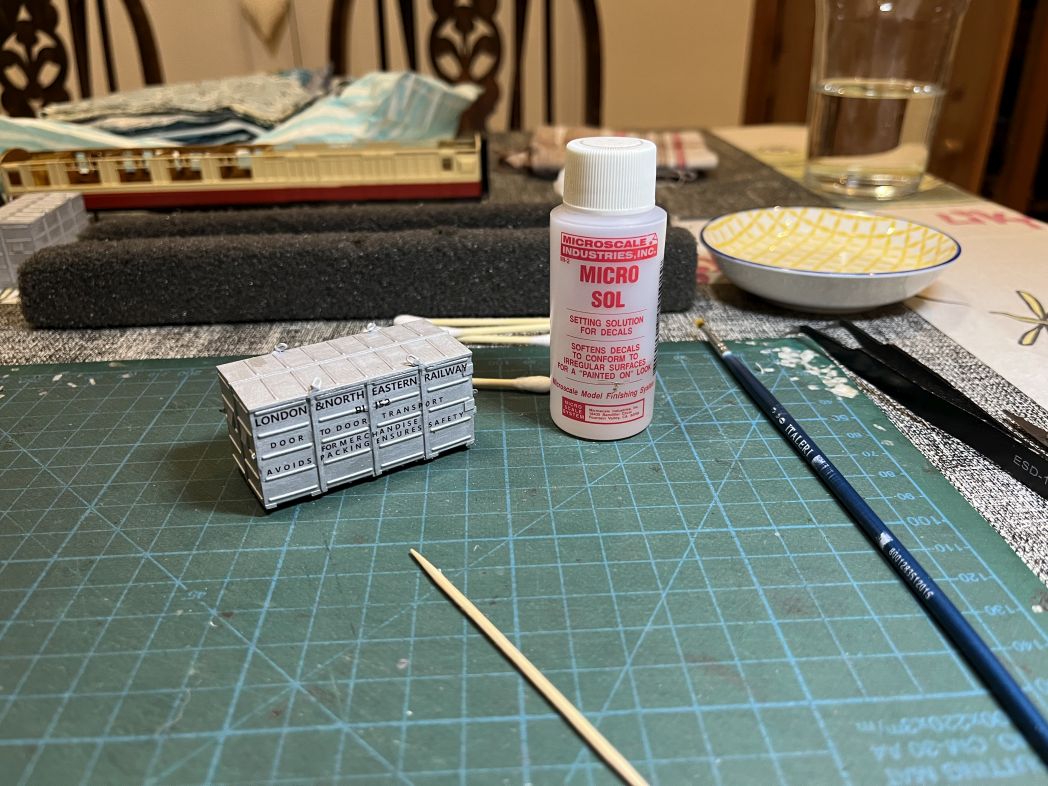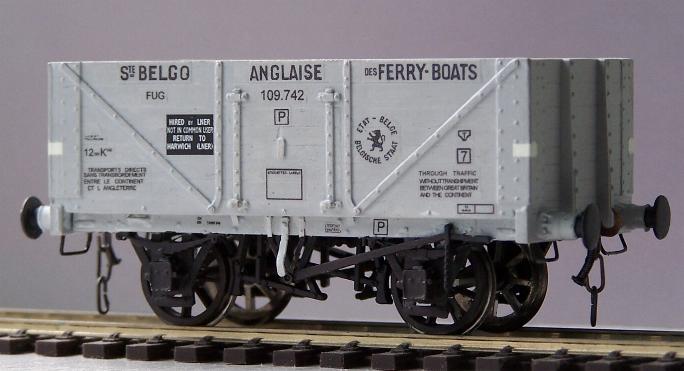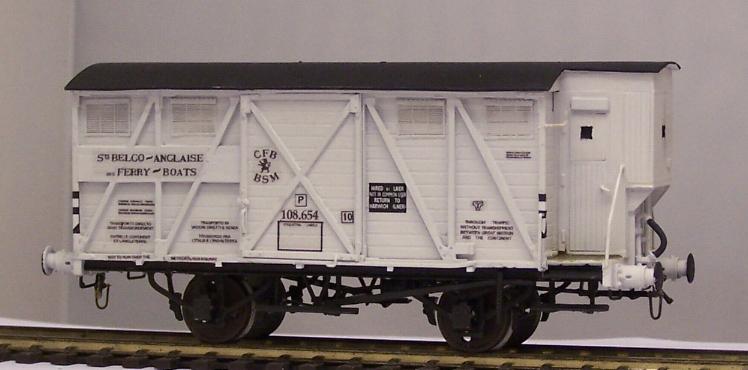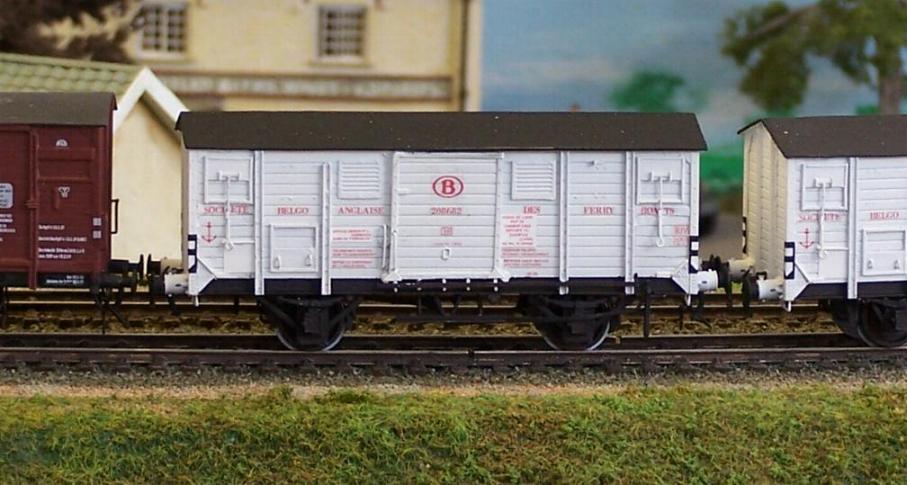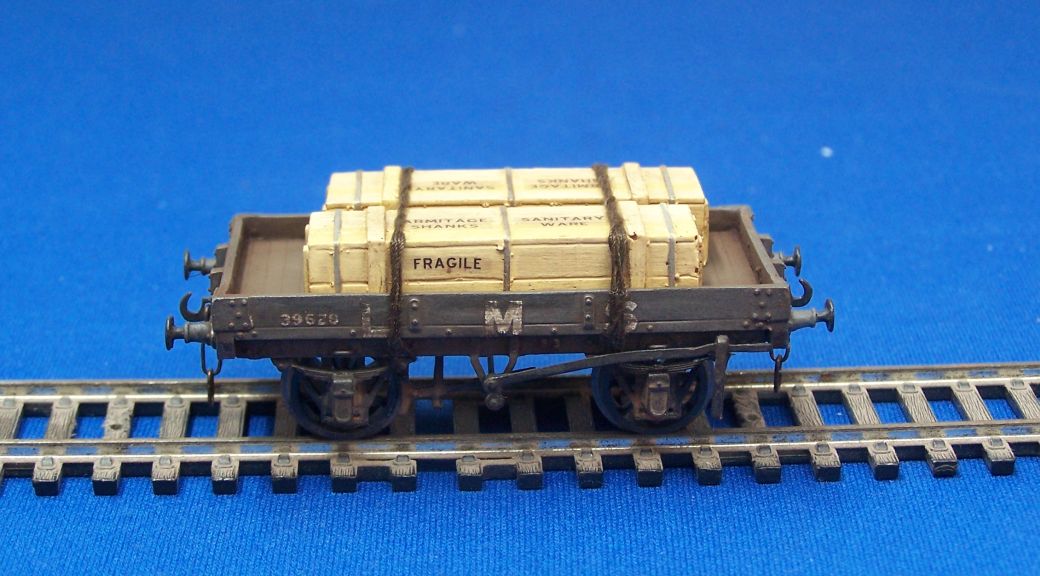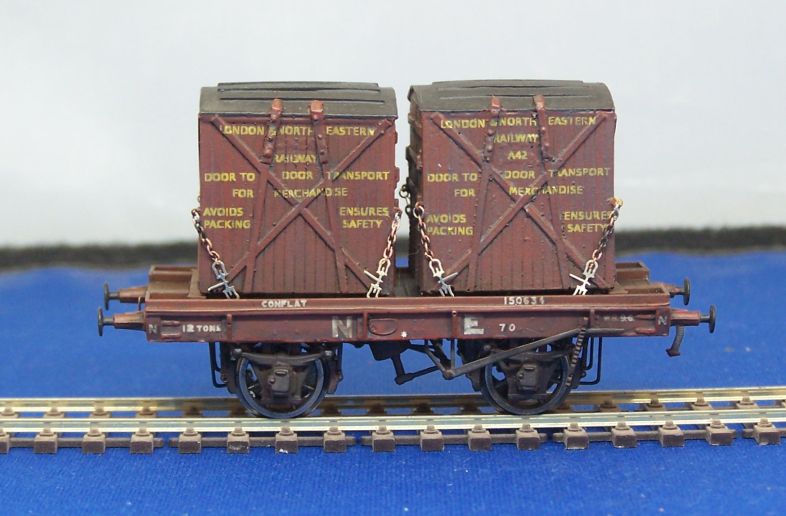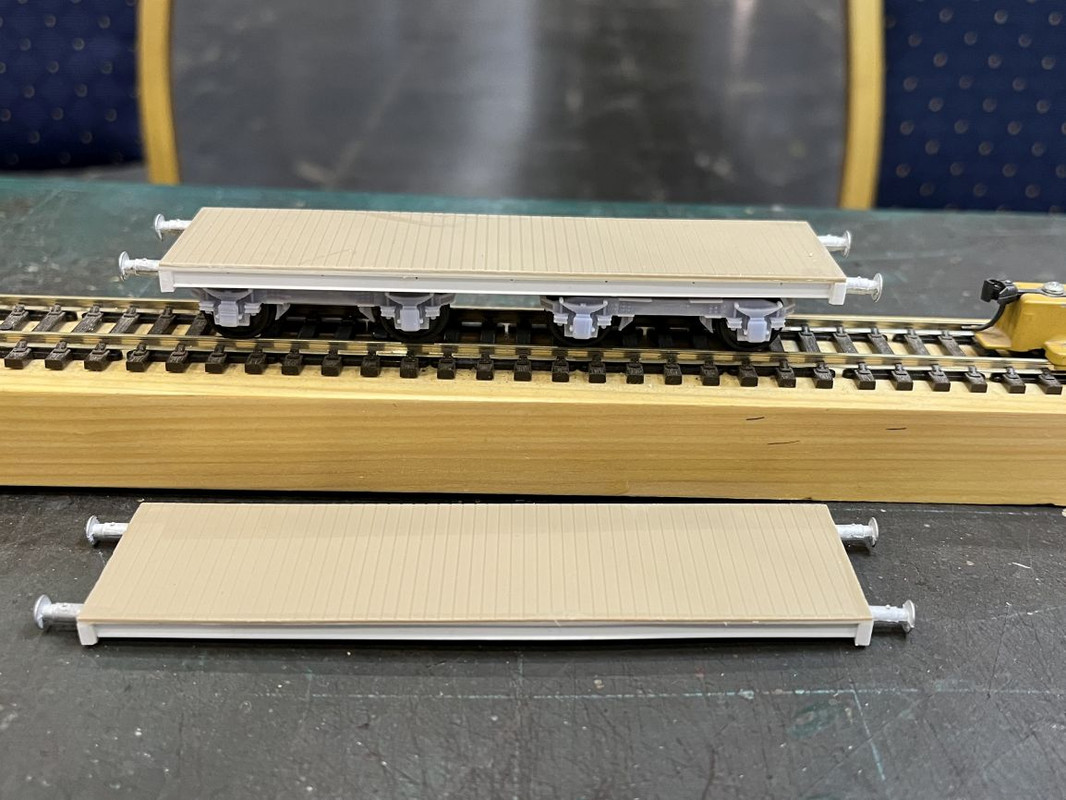I had a day out yesterday, invited to a special running session of Graham Nicholas'
Hills of the North layout. Although still in the very early stages of building, there's a lot of scope to run trains round and up to 7 operators can be working, though not (yet) all at once. The occasion was a visitor from Australia, John Nuttall.
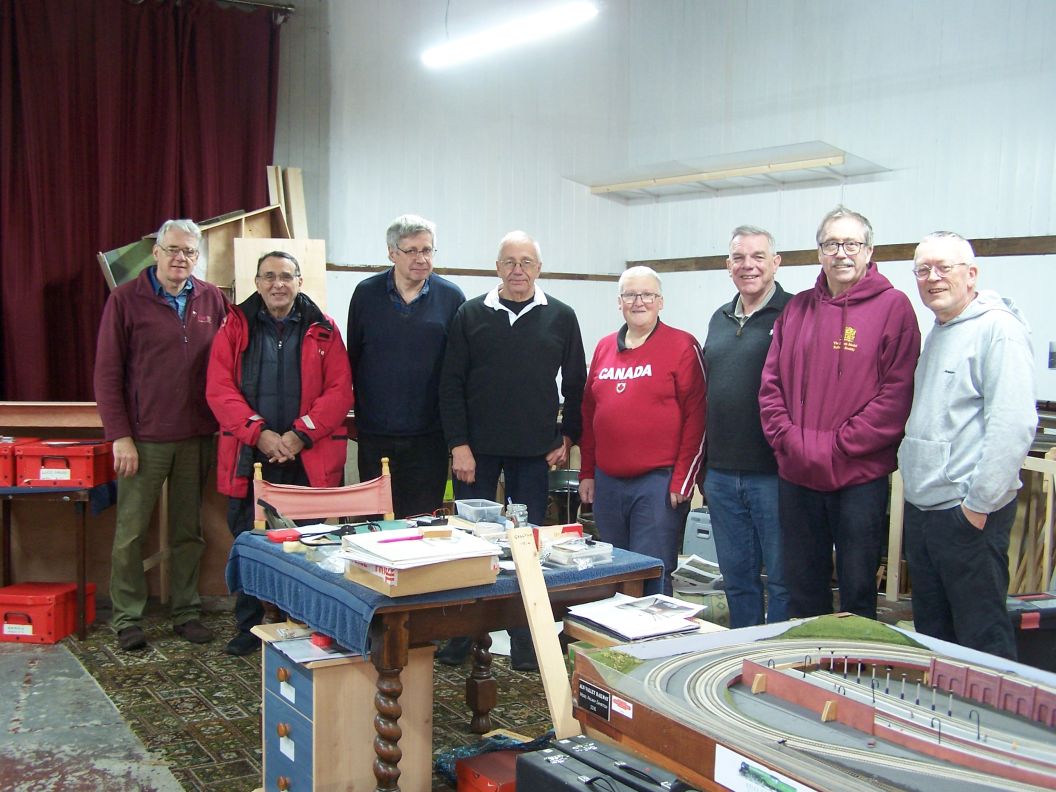
John was a member of Leeds club for some years and some of them came up to join in. From left: our host LNER4479, Tom Dewdney ('Scenery Tom' in the panoply of Grantham Toms), Steve Pearce, Mike Edge, Andy Morris, John Nuttall, Barry Oliver and Yours Truly.
Being centred on Carlisle there's quite an LMS bent to the whole layout, but there will be an LNER element to it when complete. I make sure there's an LNER element whenever I am invited to operate and yesterday tookthe opportunity to try some of the new stock which was denied a run at Newcastle, some I'm still working on and also some from my display for Warley which I'm getting ready. Here it is in Dentonholme Goods yard which is where I found myself.
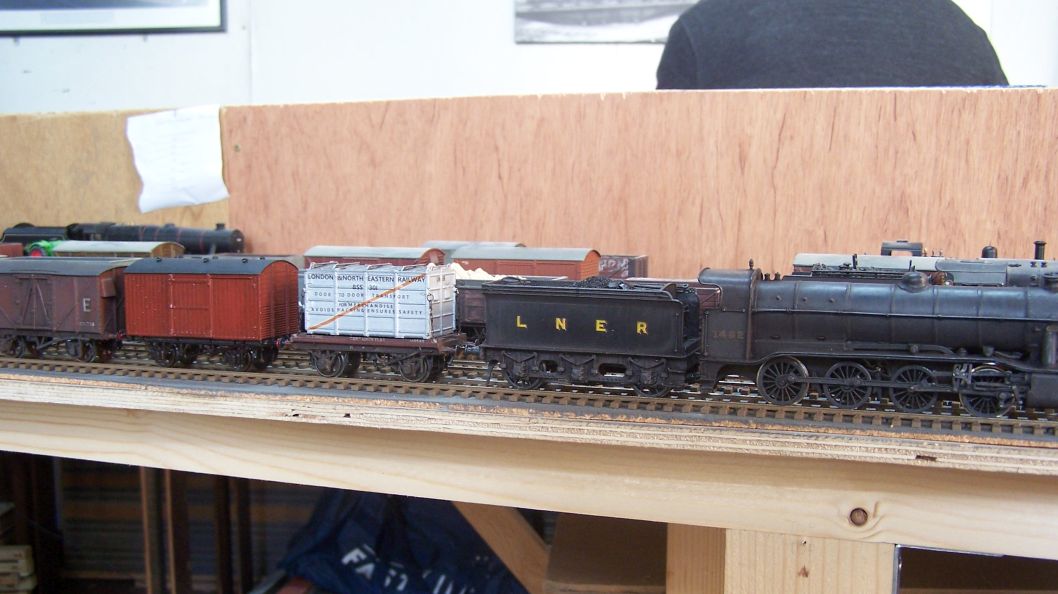
3482 would have been hauing the Iron Ore empties to High Dyke had things gone as planned. Here it has one of the D76 conflats and pressed steel containers you've seen over the last few weeks. Behind that is a steel underframed fruit van. After I refinished one of these a few weeks ago, there was a debate over whether someone had crosskitted it or it was a Parkside release. I can now confirm that it was PC11, LNER Fruit Van (Plank Sides 1935) and it does have the incorrect wooden buffer beam combined with the steel sides. Behind that, the Oxford Rail Banana van made into a fitted ventilated version and relegated from the Grantham Scotch Goods box to make room for the new steel containers.

My theme for Warley this year is 3D printing and scratchbuilding. This is one of the first wagons I scratchbuilt, an ex-ROD 20 ton van sold after the War to the Societe Belgo-Anglaise des Ferry-Boats. These were far more common a sight than you might think between 1924 and around 1950.
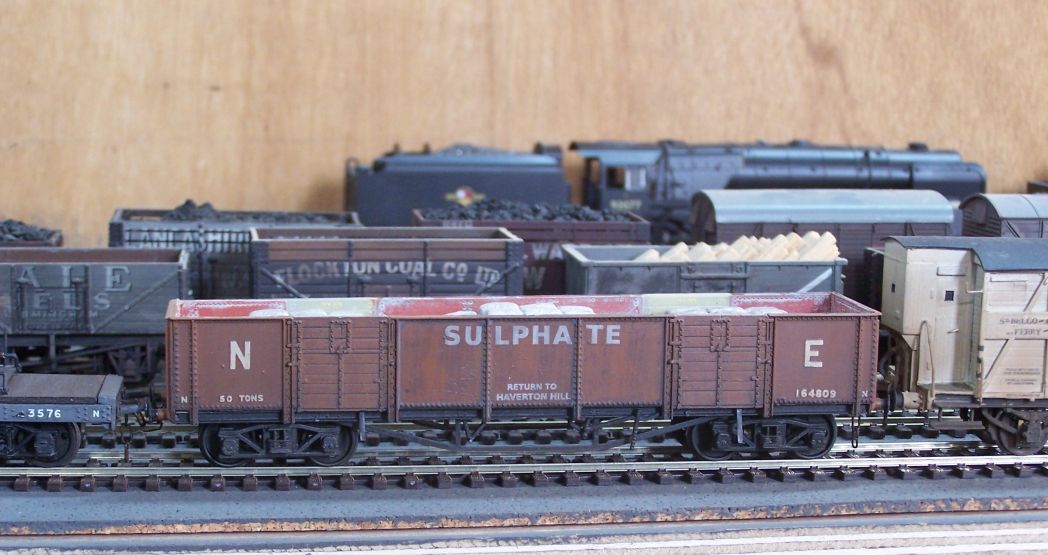
Parkside bogie Sulphate wagon ( PC20). This has also been the subject of debate: as unfitted wagons they ought to be grey, but the Parkside instructions state 'brown'. That may be an error, but putting a scan of the photographs from Tatlow 4B into an online colouriser (3 different ones, in fact) came back each time with a reddish tint. This brown, Humbrol 62, is almost certainly wrong as if they were 'brown', it was most likely red oxide. I ow know it should be black (bituminous paint) inside. The transfers I made up myself as the large lettering is simply not available for the LNER period.
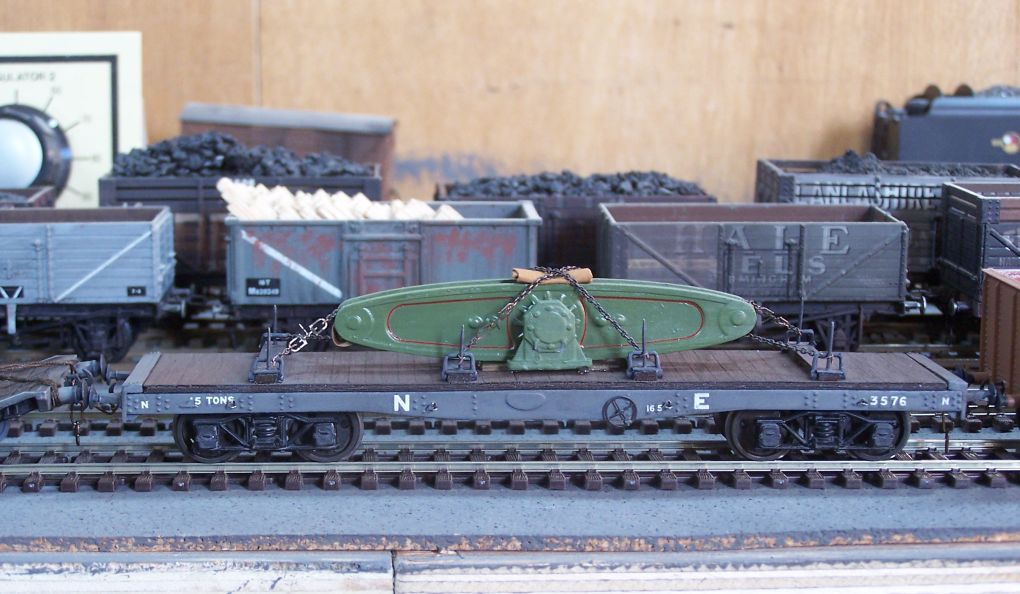
The Quad and 'Cornish Bob' we have just been looking at.

Hurst Nelson 'Gondola' wagon for the North British. This is converted from a Parkside Quad. I've since reinstated the missing bolster pin.
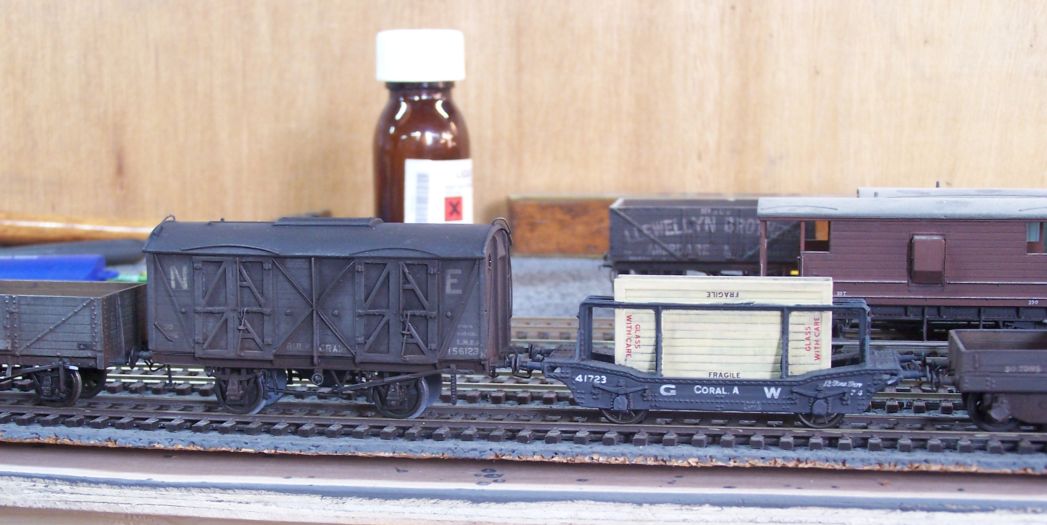
The GW Coral glass wagon is a 3D print from 247 Developments. The original pattern grain hopper is a resin cast by Atlantic 3279 of this parish with a scratchbuilt underframe.
The train can be seen in motion
here. It didn't complete the intended drive past as some off scene disaster required the operator's attention and he stopped it , so we had to do a walk by as far as we could.
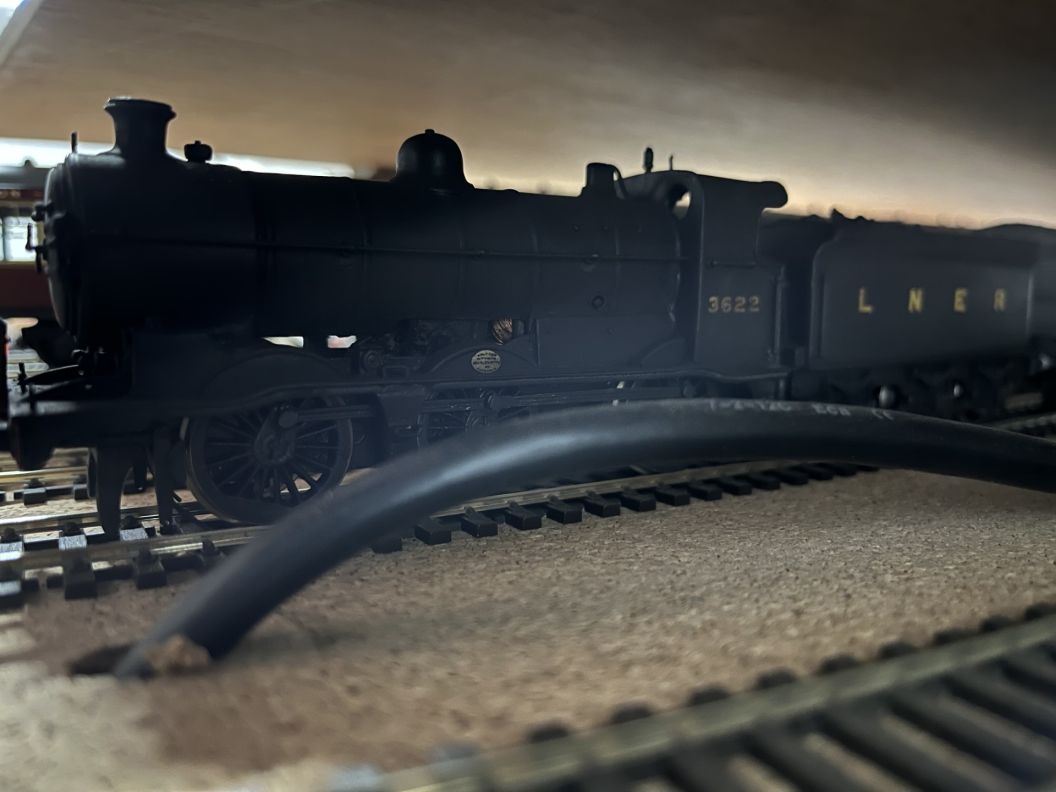
One of the features of this layout is the gradients and multiple levels it will work on - at one point there will be 4 levels crossing each other. Trains therefore vanish and reappear even now and we had to be careful about section occupancy. At one point, as we'd lost track of it, I went looking for 3622, the NuCast J6 I had also recently refinished and found it on the approach to Bog Junction and under the end of Shap Bank.
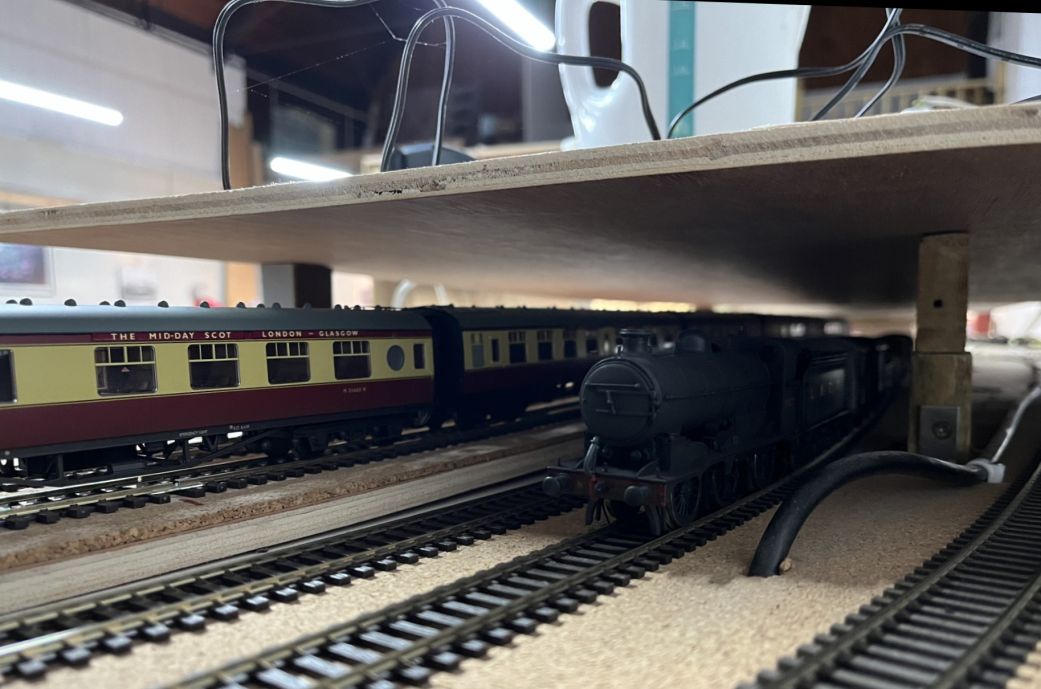
Unusual company for a J6 but you can see some of the multilayered nature of the layout as it starts to take shape. It was a very convivial day out in good company and I thank our host for his hospitality and for the invitation.









